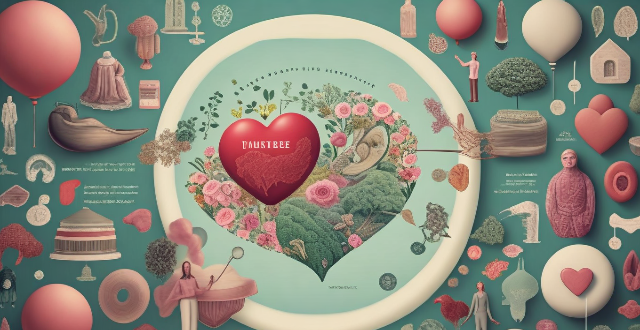Menstruation Symptom

What are the best foods for women to eat during menstruation ?
The best foods for women to eat during menstruation include iron-rich foods such as red meat, poultry, and seafood; calcium-rich foods like yogurt, cheese, and spinach; magnesium-rich foods including almonds and bananas; fiber-rich foods such as beans and fruits; vitamin E-rich foods like nuts; omega-3 fatty acids found in salmon; dark chocolate; cherries; red wine (in moderation); green tea (in moderation); water to stay hydrated; whole grains that provide sustained energy throughout the day; and herbal teas like chamomile, peppermint, or ginger tea which may help relieve cramping and anxiety.

How do I recognize the signs of a heart attack and what should I do ?
Recognizing the signs of a heart attack is crucial for immediate and effective response. Symptoms include chest pain or discomfort, pain in other areas such as arms or jaw, shortness of breath, nausea, lightheadedness, cold sweat, and fatigue. If symptoms are present, call emergency services immediately, do not drive yourself, consider taking aspirin if not allergic, find a comfortable position, loosen tight clothing, monitor symptoms, and follow professional advice upon arrival of help. Acting quickly can significantly improve recovery chances and survival rates.

Are there any unique considerations for women's cardiovascular health ?
Cardiovascular disease is the leading cause of death among women globally, with unique considerations for their heart health. These include hormonal influences, menstrual cycle impact, pregnancy and postpartum changes, oral contraceptives, autoimmune diseases, polycystic ovary syndrome, lifestyle factors, symptom awareness and response, and preventive care. Recognizing these factors is crucial for improving prevention, diagnosis, and treatment strategies tailored specifically for female patients, ultimately reducing mortality rates from CVD.
